Grand statements: Ai Weiwei unveils new works at Athens’ Cycladic Art Museum
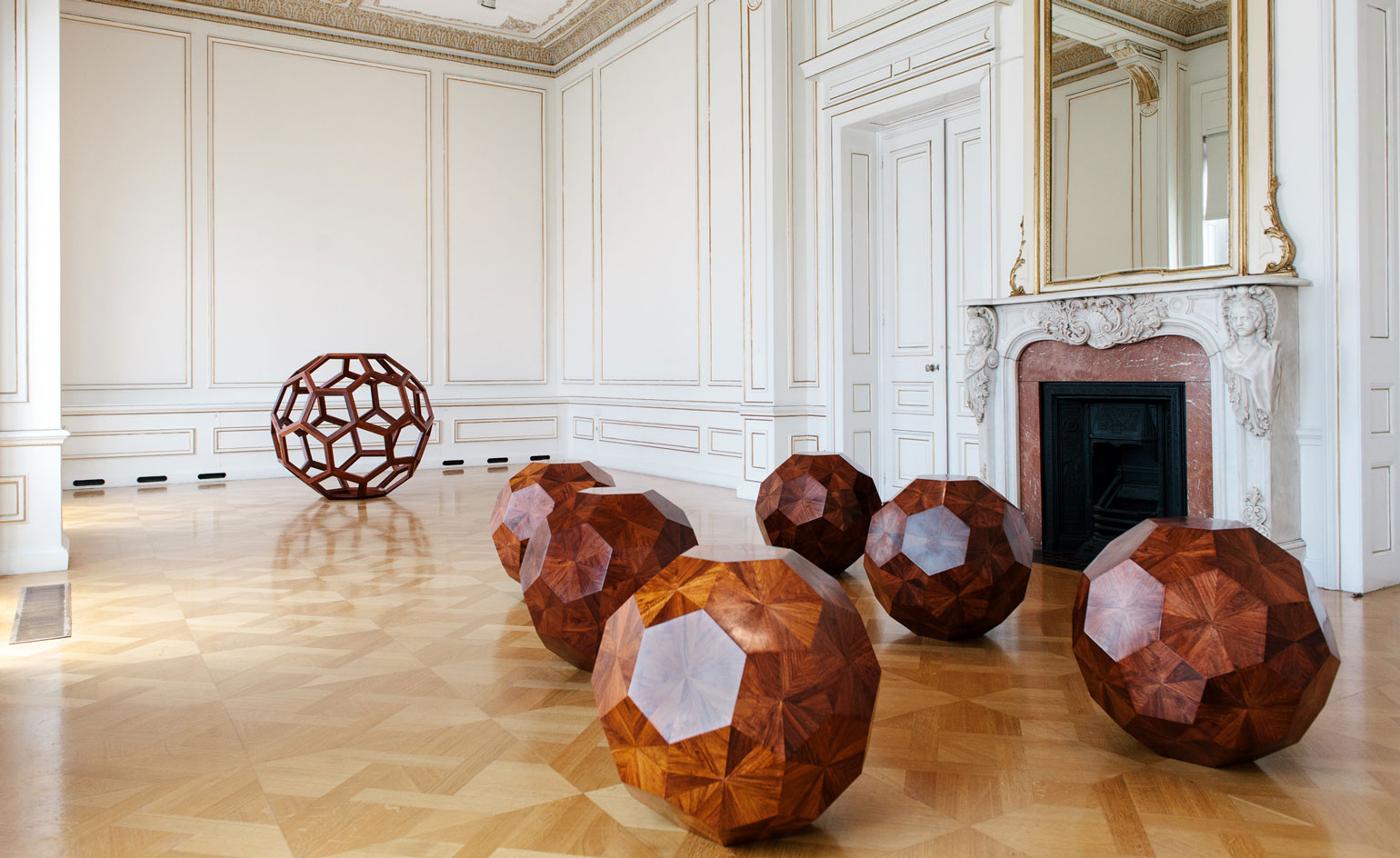
For Ai Weiwei, Instagram has been a friend and an enemy. The pros are that the platform has multiplied his international fame tenfold, turning him into one of the app's biggest stars and also a defacto real time newswire, documenting the Syrian refugee crisis in Lesbos, the Syrian border and Beirut.
The negatives are people’s skepticism over his presence, wary of an ethical grey area that has seen his photos of the crisis become a prestigious body of work. A self-titled new exhibition at the Museum of Cycladic Art in Athens – on view until 30 October – tries to answer these questions.
‘We have to protect humanity. Through my art I’m trying to give a voice to people who might never be heard,’ Weiwei said at the exhibition opening, a showcase of photography and new sculpture in part profiling a five month-long period documenting the Syrian crisis. ‘I think it’s terrible that European governments are pushing refugees into Turkey. As an artist you use your emotions to communicate information to the world.’ The five-foot tall sculpture Standing Figure (2016) articulates his ideas on the power of governmental solidarity for refugees, as well nodding to his previous work criticising governments – the sculpture’s outstretched arms a reference to his indictment of the Chinese Cultural Revolution in the photo series Dropping a Han Dynasty Urn (1995).
Weiwei admires the political and cultural models practiced by the Greeks and his life sized marble sculpture riff on the popular style of crafting human bodies at the beginning of the Cycladic era, which he fused with his love for grand statements, making his own seven-foot version. But it is Greece’s morality that the exhibition really lauds: ‘Greece showed elegance and respect to let refugees in and not to push people into the ocean; Greece’s decisions will be remembered by history,’ Weiwei states.
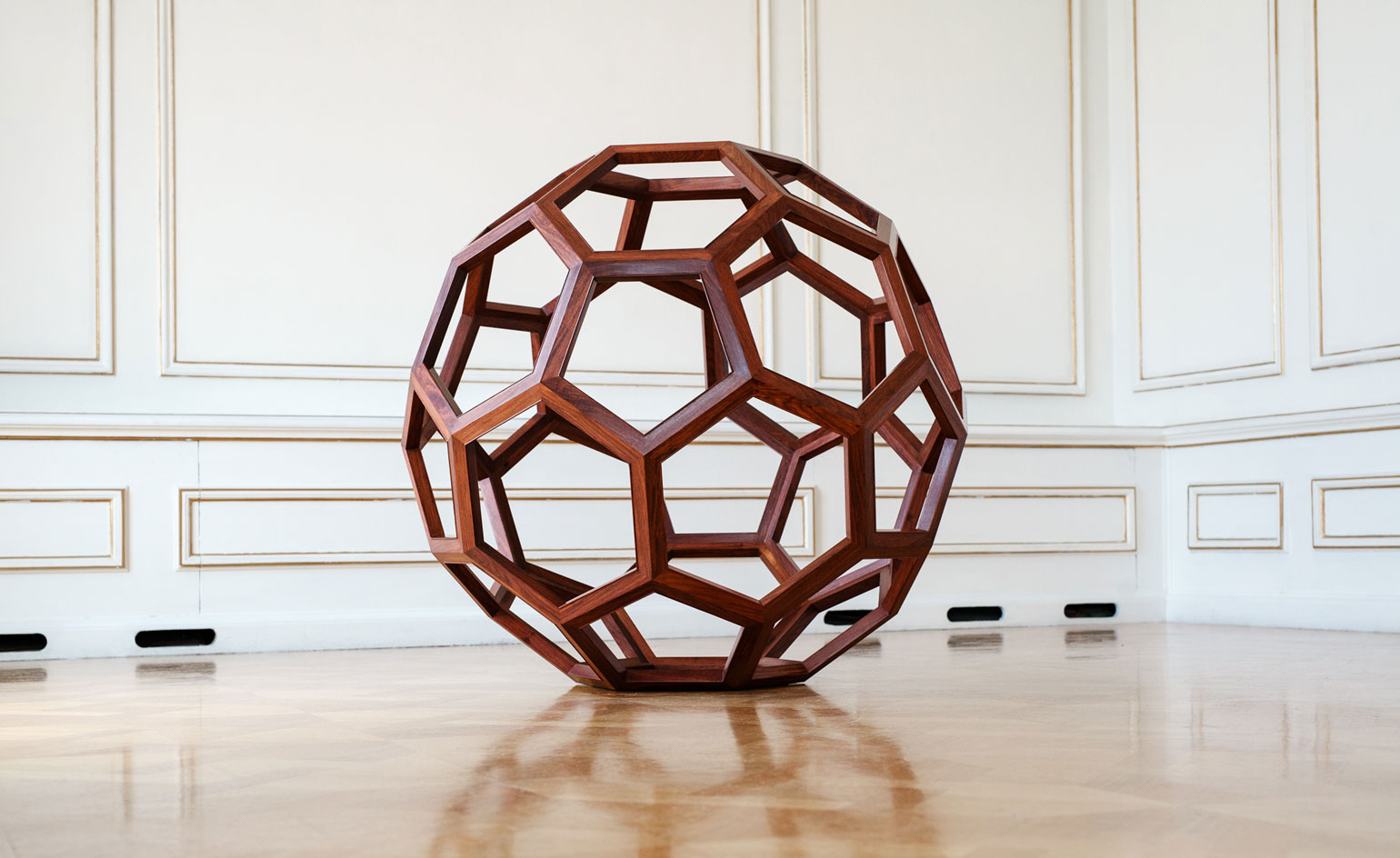
Divina Proportione, 2012, pictured here, doesn’t contain any nails – it was made in the traditional Chinese manner of joining wood
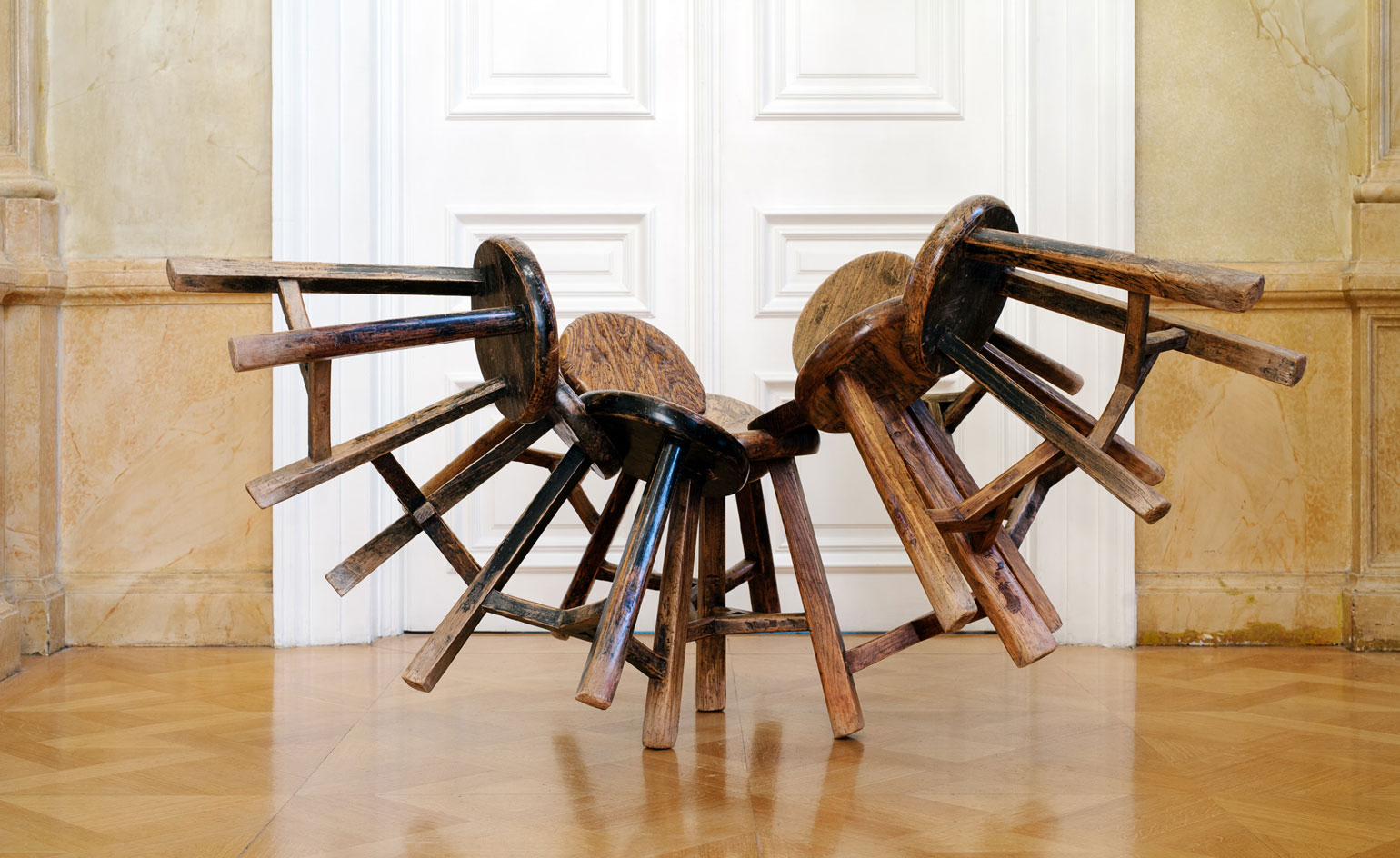
The sculpted balancing-act pictured here comprises 11 wooden stools from the Qing Dynasty (1644–1911) forming a semi-spherical bowl. The stools have been fused by Chinese artisans who used traditional joinery techniques to merge the stools without breaking them. Pictured: Grapes, 2011
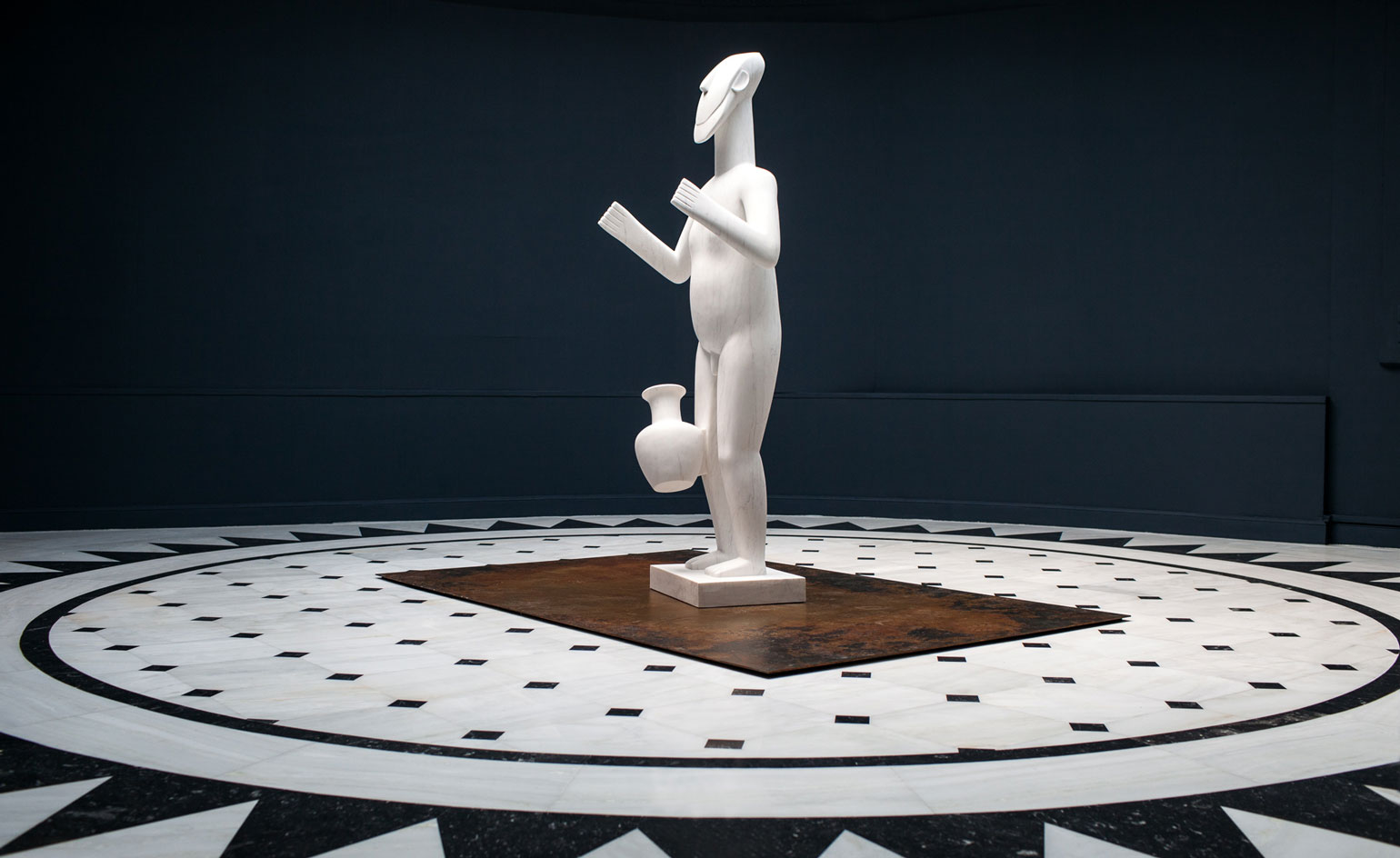
Weiwei admires the political and cultural models practiced by the Greeks and his life-sized marble sculpture nods to a style of crafting human bodies made popular at the beginning of the Cycladic era. Pictured: Standing Figure, 2015
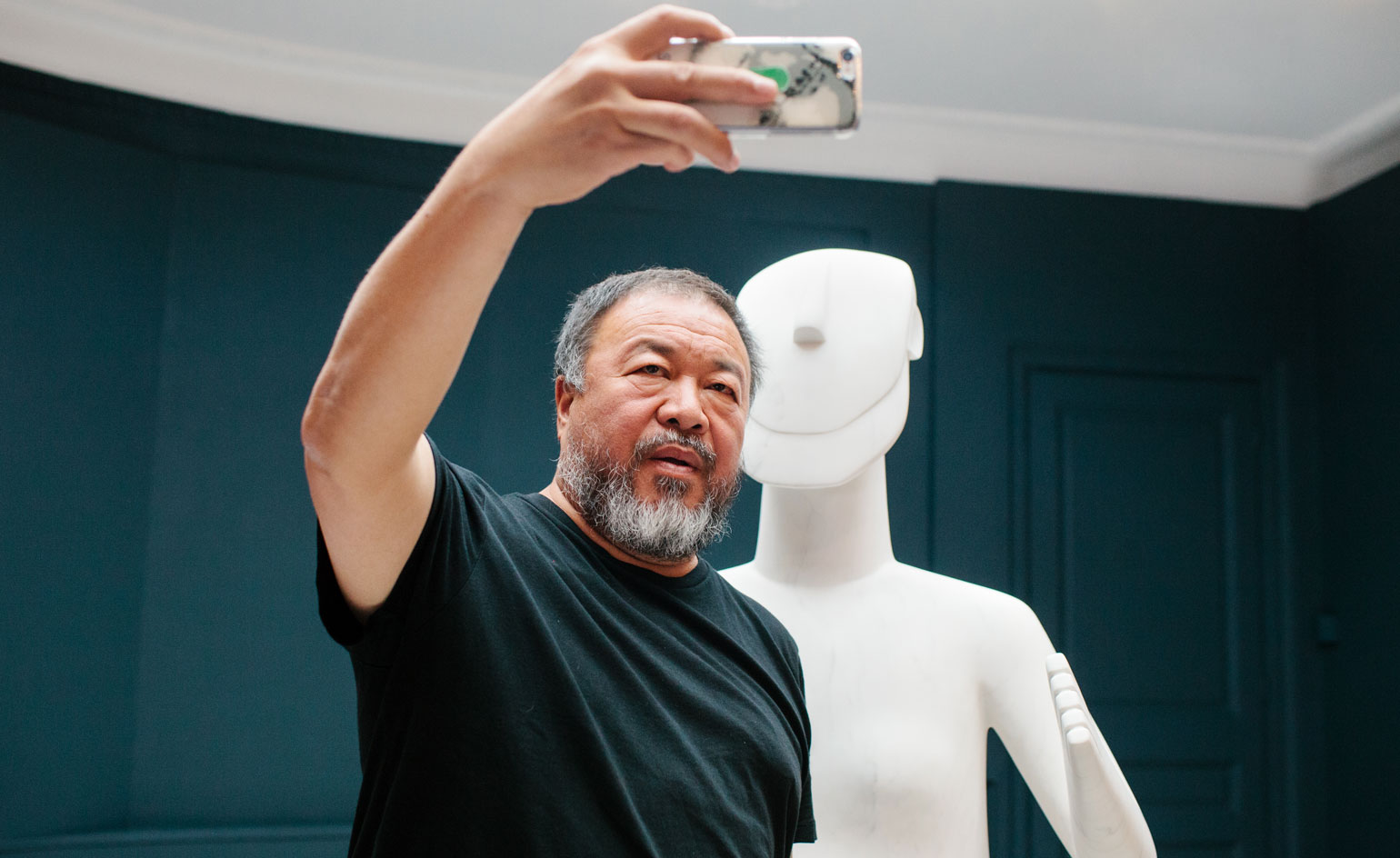
The artist taking a selfie with one of his sculptures, Standing Figure, 2015
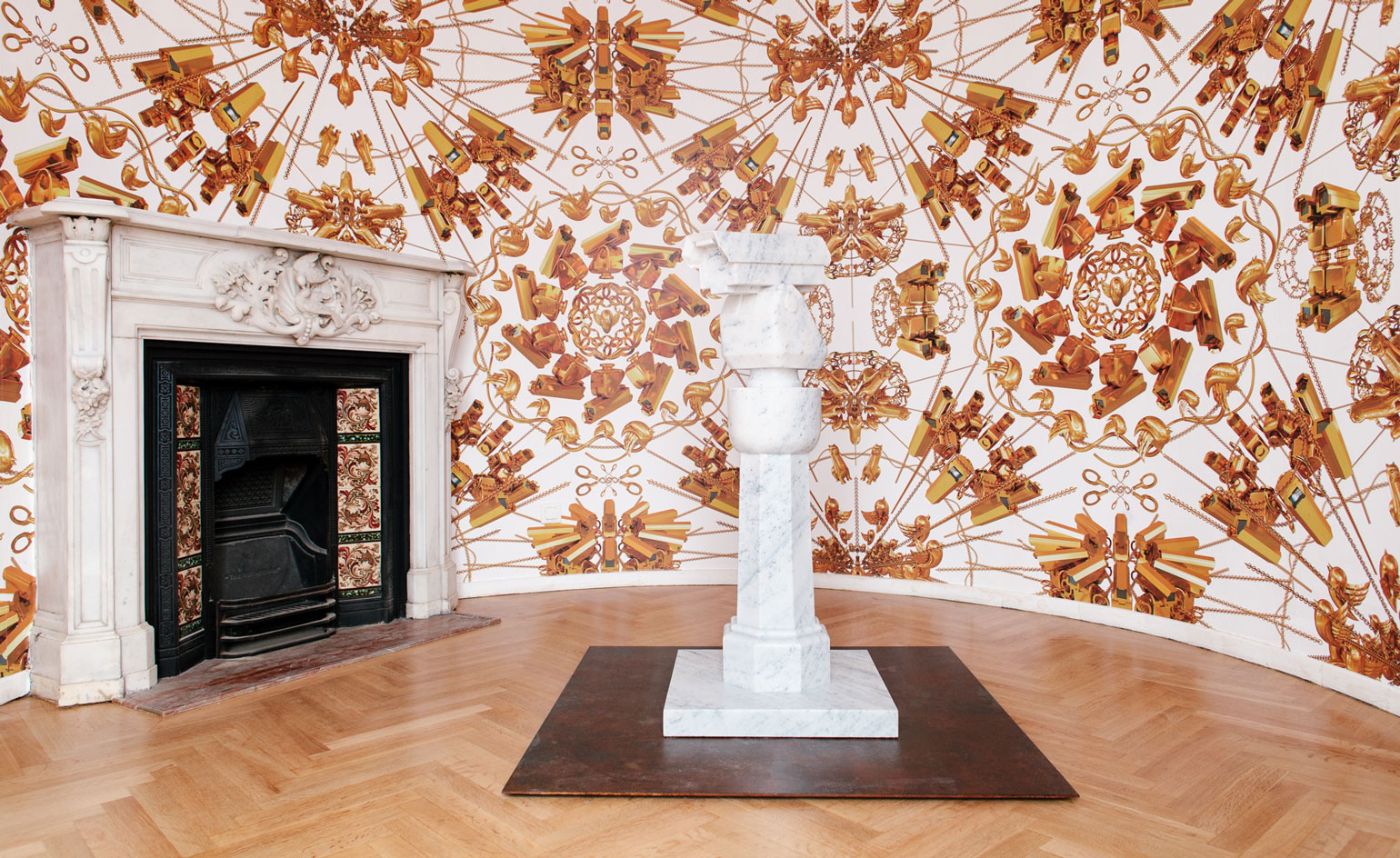
Ai Weiwei comments, ‘Greece showed elegance and respect to let refugees in and not to push people into the ocean; Greece’s decisions will be remembered by history.’ Pictured: Surveillance Camera With Plinth, 2015
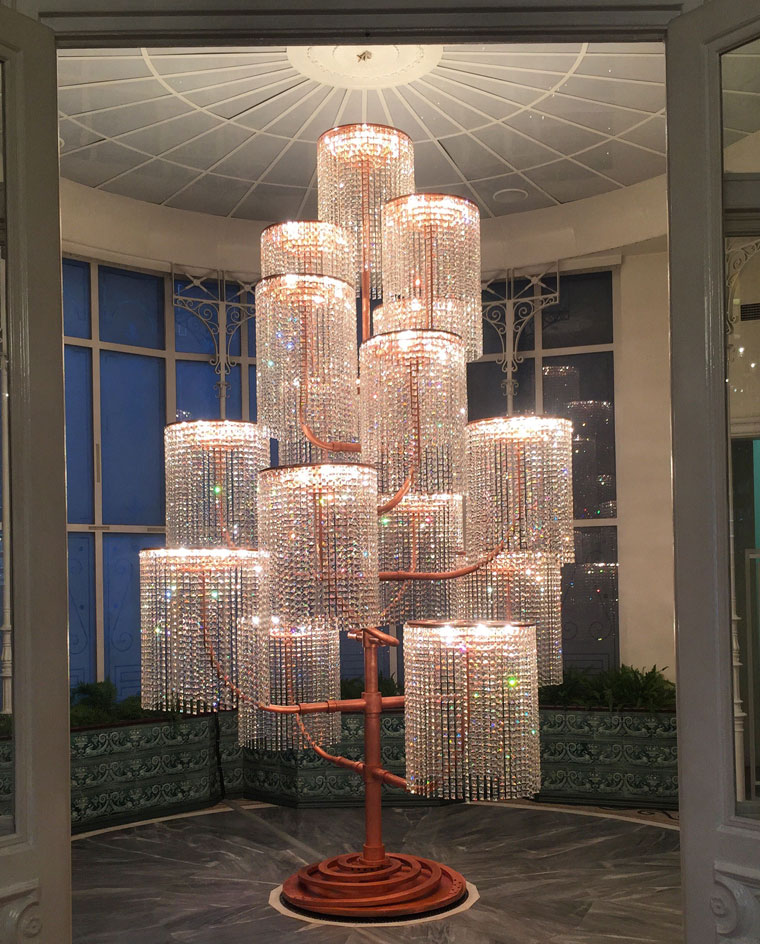
‘We have to protect humanity. Through my art I’m trying to give a voice to people who might never be heard,’ Weiwei said at the exhibition opening. Pictured: Chandelier, 2015
INFORMATION
’Ai Weiwei at Cycladic’ is on view until 30 October. For more information, visit the Museum of Cycladic Art’s website
Photography courtesy the artist and the Museum of Cycladic Art
ADDRESS
Museum of Cycladic Art
4, Neophytou Douka str.
Athens 10674
Receive our daily digest of inspiration, escapism and design stories from around the world direct to your inbox.
-
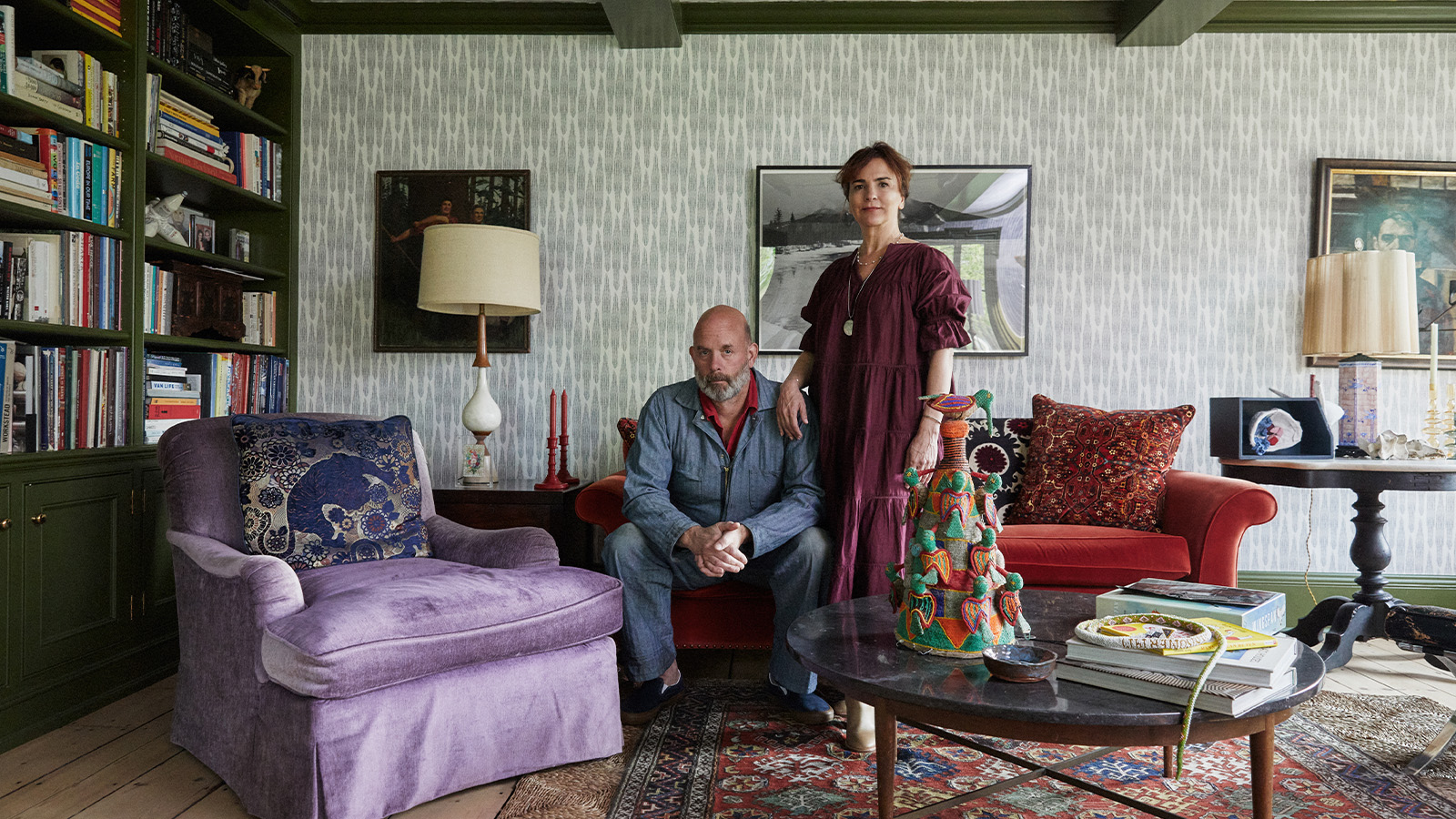 How We Host: Interior designer Heide Hendricks shows us how to throw the ultimate farmhouse fête
How We Host: Interior designer Heide Hendricks shows us how to throw the ultimate farmhouse fêteThe designer, one half of the American design firm Hendricks Churchill, delves into the art of entertaining – from pasta to playlists
-
 Arbour House is a north London home that lies low but punches high
Arbour House is a north London home that lies low but punches highArbour House by Andrei Saltykov is a low-lying Crouch End home with a striking roof structure that sets it apart
-
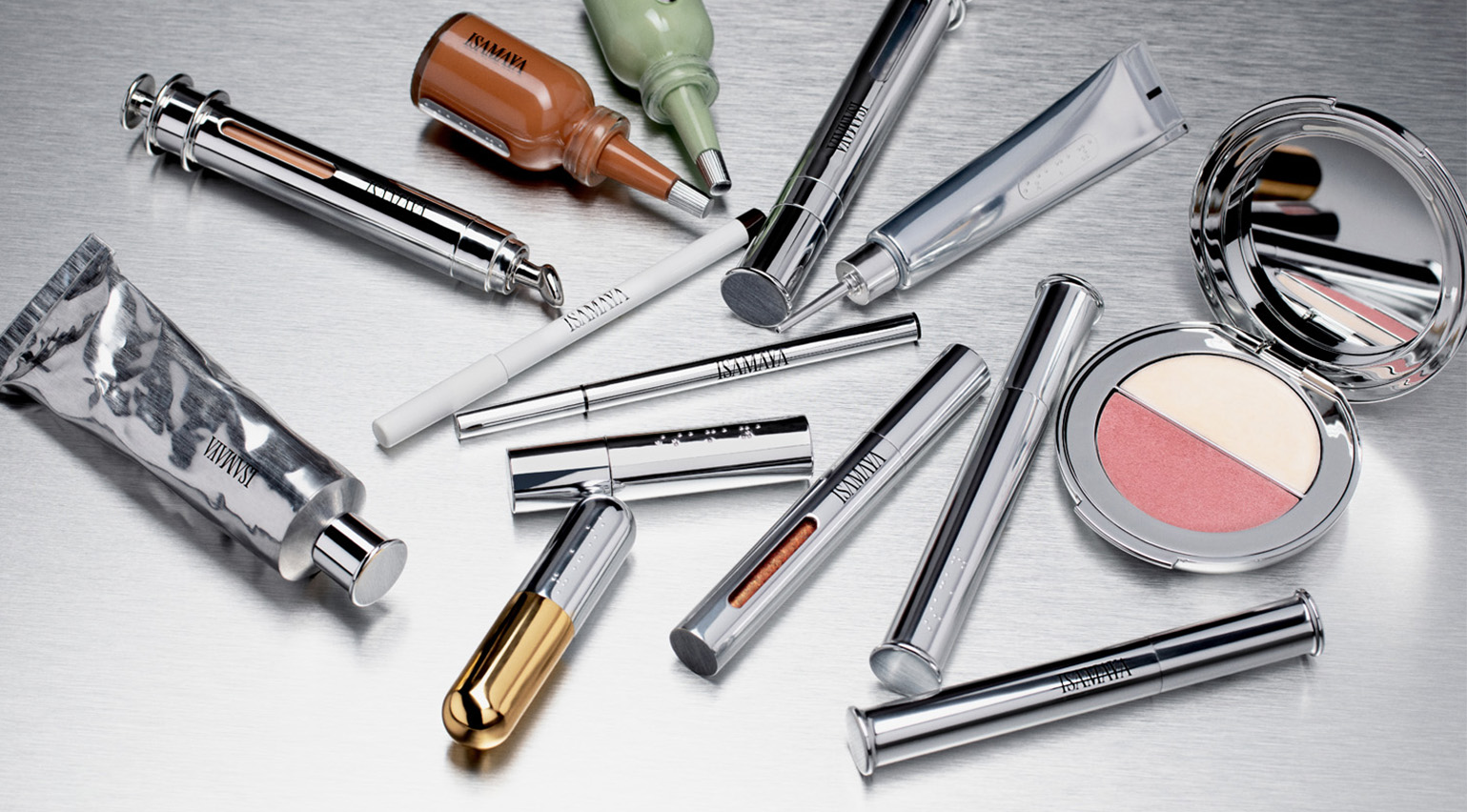 25 of the best beauty launches of 2025, from transformative skincare to offbeat scents
25 of the best beauty launches of 2025, from transformative skincare to offbeat scentsWallpaper* beauty editor Mary Cleary selects her beauty highlights of the year, spanning skincare, fragrance, hair and body care, make-up and wellness
-
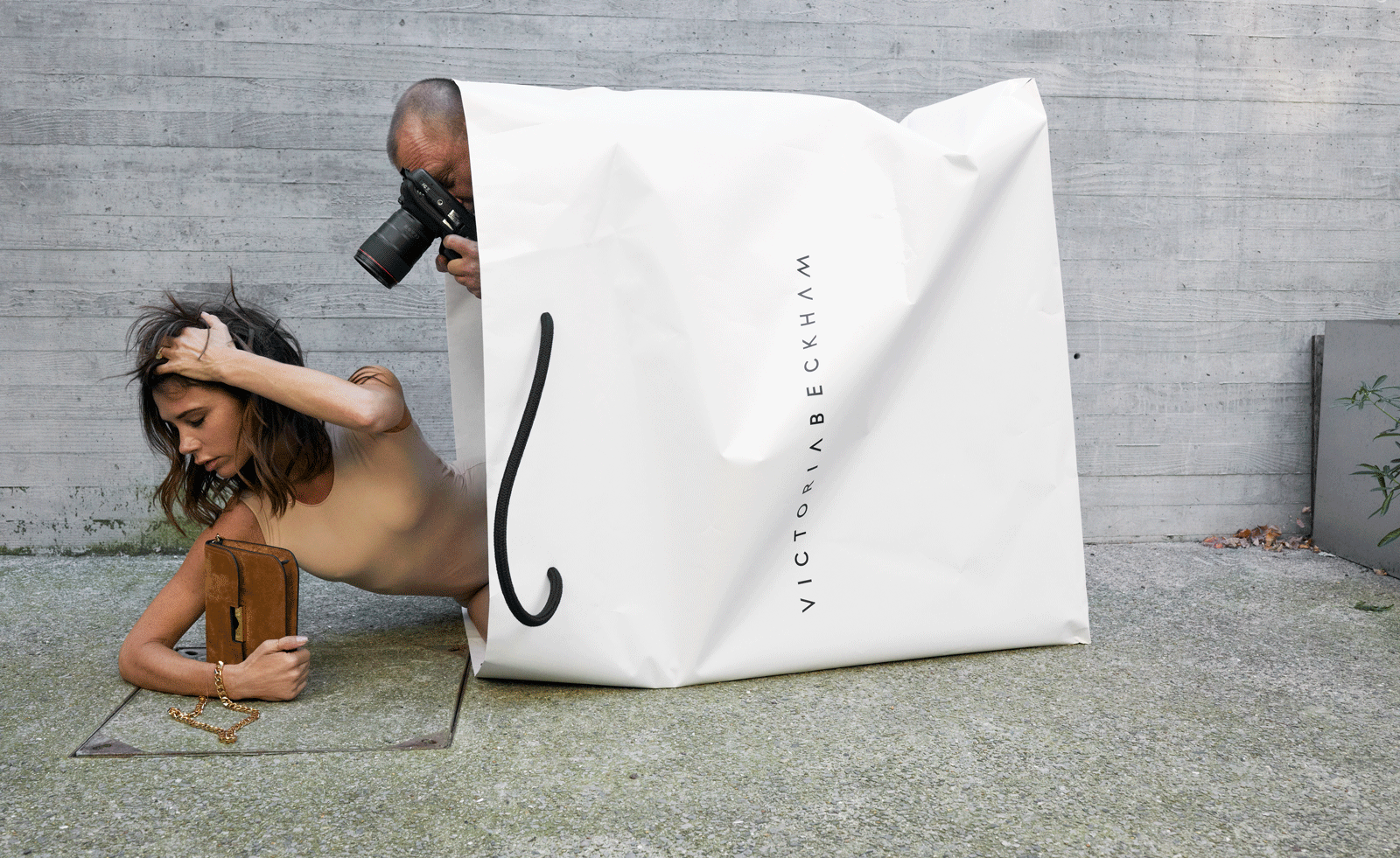 Juergen Teller’s retrospective is sharp, smart and mischievous in Athens
Juergen Teller’s retrospective is sharp, smart and mischievous in AthensVictoria Beckham, the Pope, and nudes in the sand feature among the German photographer’s images in ‘you are invited’ at Onassis Ready, the latest arts space from the Onassis Foundation
-
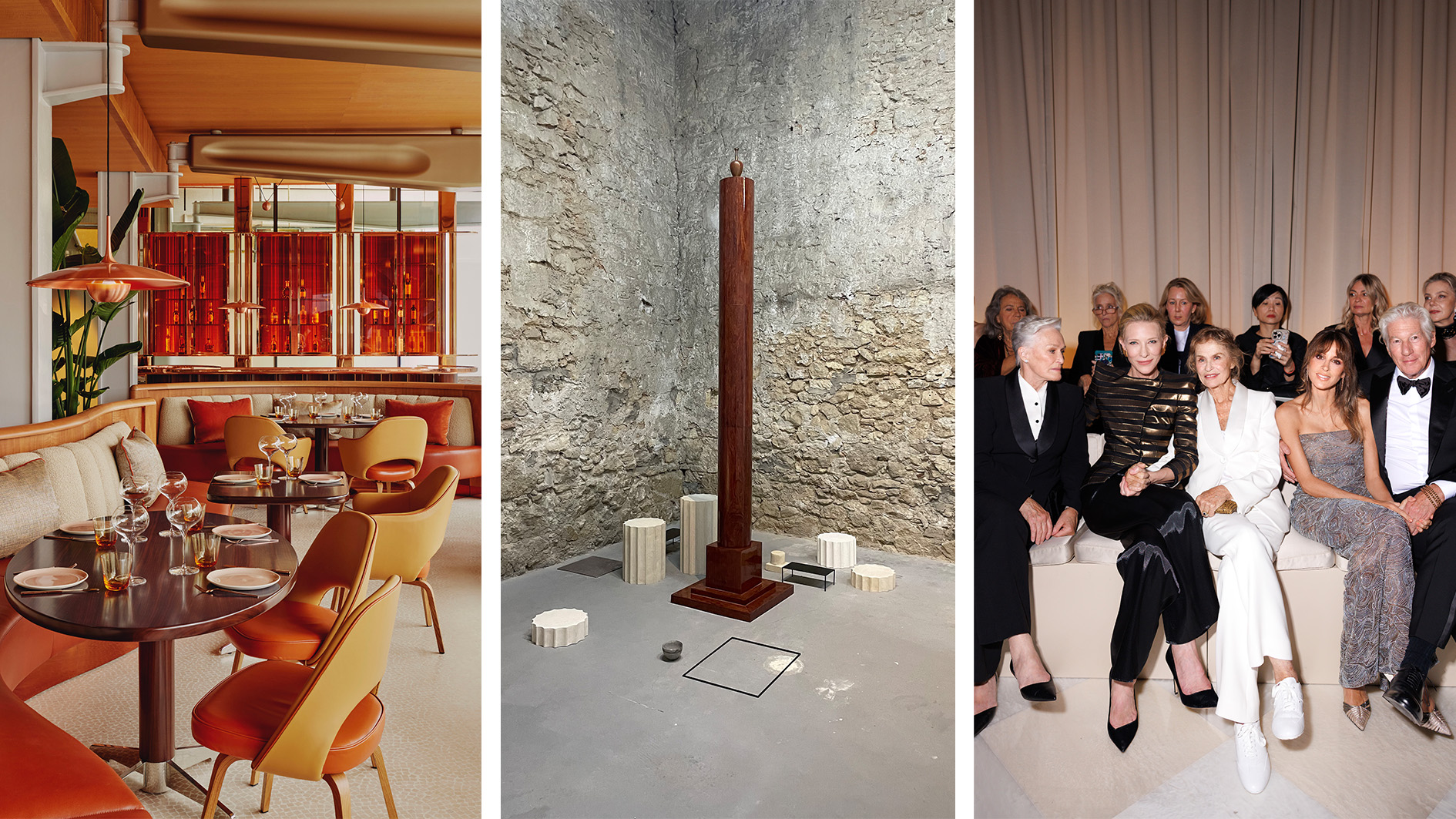 Out of office: the Wallpaper* editors’ picks of the week
Out of office: the Wallpaper* editors’ picks of the weekThis week, the team embarked on a rich journey through fashion, design and culture, from rubbing shoulders with Armani-swaddled celebs to exploring the art scene in Athens
-
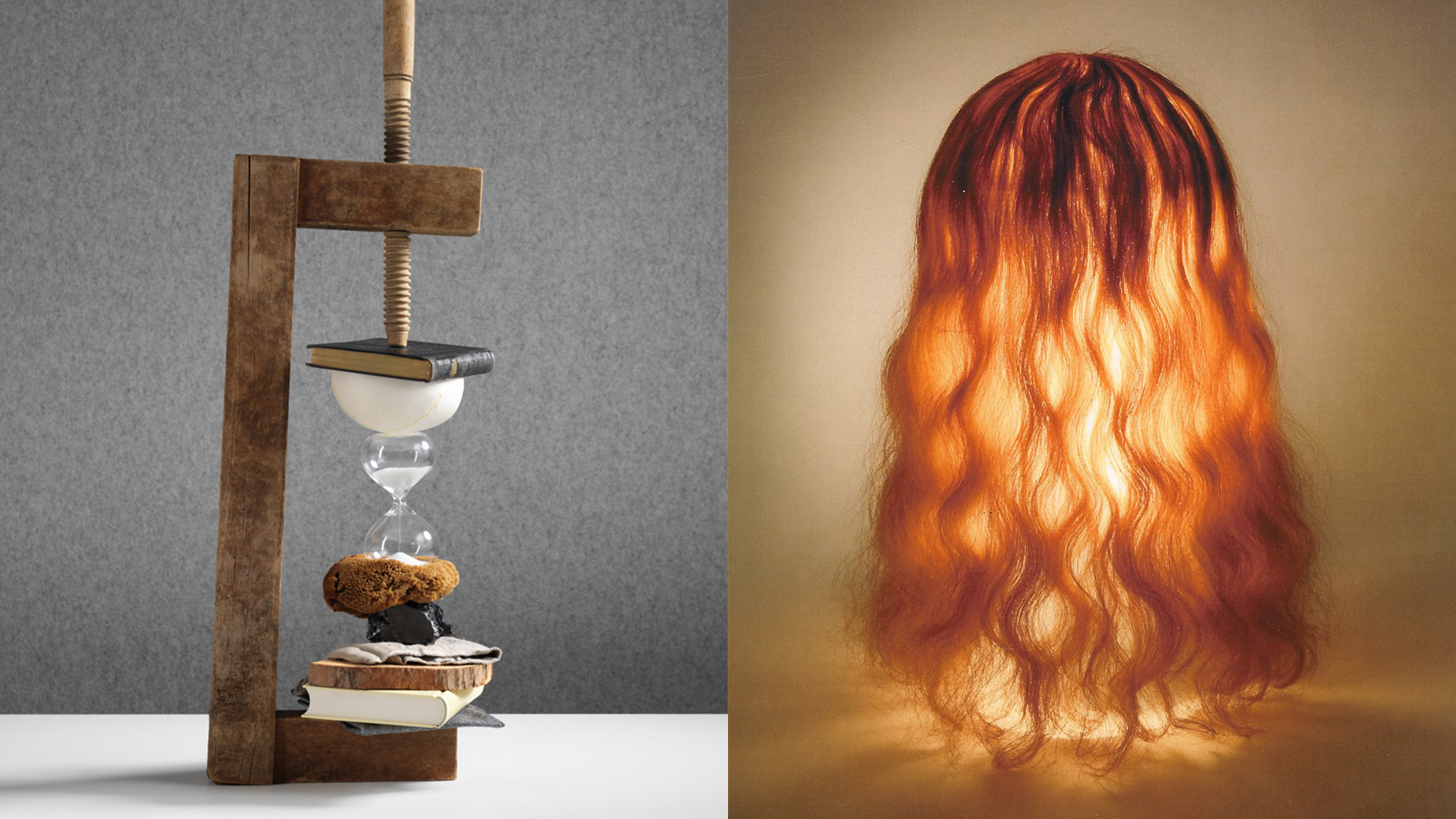 Rolf Sachs’ largest exhibition to date, ‘Be-rühren’, is a playful study of touch
Rolf Sachs’ largest exhibition to date, ‘Be-rühren’, is a playful study of touchA collection of over 150 of Rolf Sachs’ works speaks to his preoccupation with transforming everyday objects to create art that is sensory – both emotionally and physically
-
 Architect Erin Besler is reframing the American tradition of barn raising
Architect Erin Besler is reframing the American tradition of barn raisingAt Art Omi sculpture and architecture park, NY, Besler turns barn raising into an inclusive project that challenges conventional notions of architecture
-
 Marlene Dumas’ charged, exposed and intimate figures gather in Athens
Marlene Dumas’ charged, exposed and intimate figures gather in AthensThe artist’s work from 1992 until the present day goes on show at Athens’ Museum of Cycladic Art (until 2 November)
-
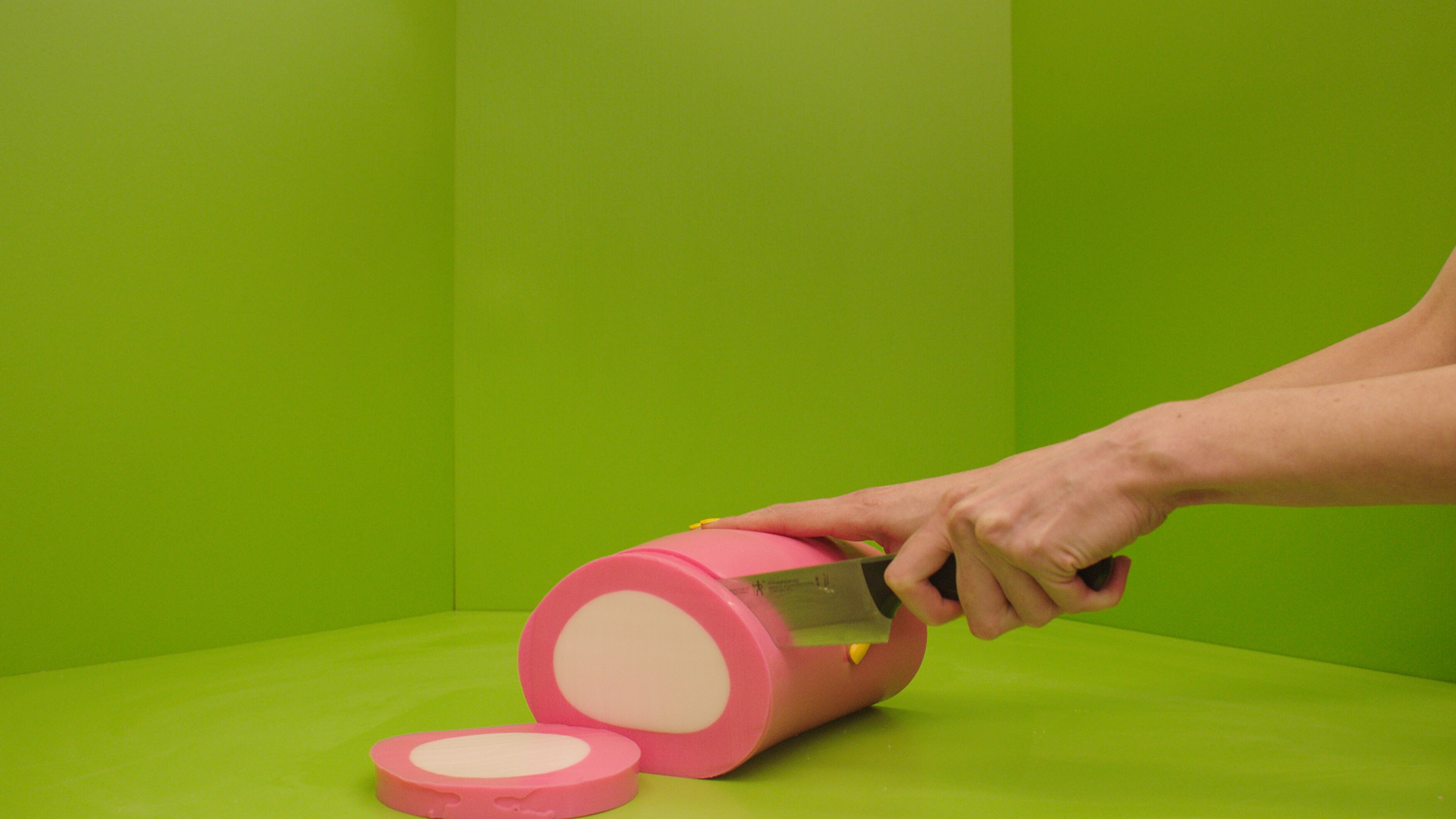 What is recycling good for, asks Mika Rottenberg at Hauser & Wirth Menorca
What is recycling good for, asks Mika Rottenberg at Hauser & Wirth MenorcaUS-based artist Mika Rottenberg rethinks the possibilities of rubbish in a colourful exhibition, spanning films, drawings and eerily anthropomorphic lamps
-
 Out of office: what the Wallpaper* editors have been up to this week
Out of office: what the Wallpaper* editors have been up to this weekThis week saw the Wallpaper* team jet-setting to Jordan and New York; those of us left in London had to make do with being transported via the power of music at rooftop bars, live sets and hologram performances
-
 San Francisco’s controversial monument, the Vaillancourt Fountain, could be facing demolition
San Francisco’s controversial monument, the Vaillancourt Fountain, could be facing demolitionThe brutalist fountain is conspicuously absent from renders showing a redeveloped Embarcadero Plaza and people are unhappy about it, including the structure’s 95-year-old designer